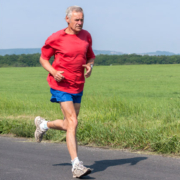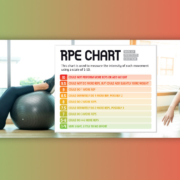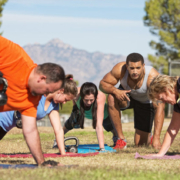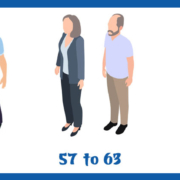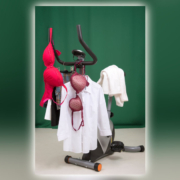Research Update: Exercise in Short Bursts
High-intensity interval training (HIIT) has become very popular due to the possibility of gaining fitness in a short amount of time, but when done correctly workouts still take 20 to 40 minutes. A group of researchers examined the United Kingdom Biobank data to see if a sub-group of subjects who wore accelerometers might benefit from short bouts (one or two minutes) of intense physical activity independent of a regular exercise program. Researchers termed the exercise bouts “vigorous intermittent lifestyle physical activity” (VILPA) and they were not part of an intentional exercise program. They just happened with people who were going about their daily routines.
They tracked the subjects for almost seven years to see if there was any reduction in their death rate. The data showed that as few as two or three short bouts or approximately three to four minutes of VILPA per day were associated with substantially lower all-cause, cardiovascular, and cancer mortality risk. More VILPA sessions per day resulted in a greater reduction, but the greatest reduction occurred in three to four minutes per day. The reduction was a 38% to 40% reduction in all-cause and cancer mortality risk and a 48% to 49% reduction in CVD mortality risk. One more thing: the average age of the over 25,000 subjects was 61.8 years.
The facts that struck me was whether a person exercised or not, or ate a high amount of vegetables and fruit or not, they had a reduction in mortality. To be safe, you and your doctor should discuss whether you can try a minute or two of intense physical activity a few times per day. Maybe it will happen organically as part of your day, like sprinting up a flight of stairs to get to a meeting, or running to catch a bus, or chasing a toddler. Or maybe that exercise bike you’ve been using as a clothing rack can be put to use as it was intended. Find your spots and do what you can. You may have years to gain.
What are you prepared to do today?
Dr. Chet
Reference: Nature Medicine. 2022; 28 (12):2521–2529


